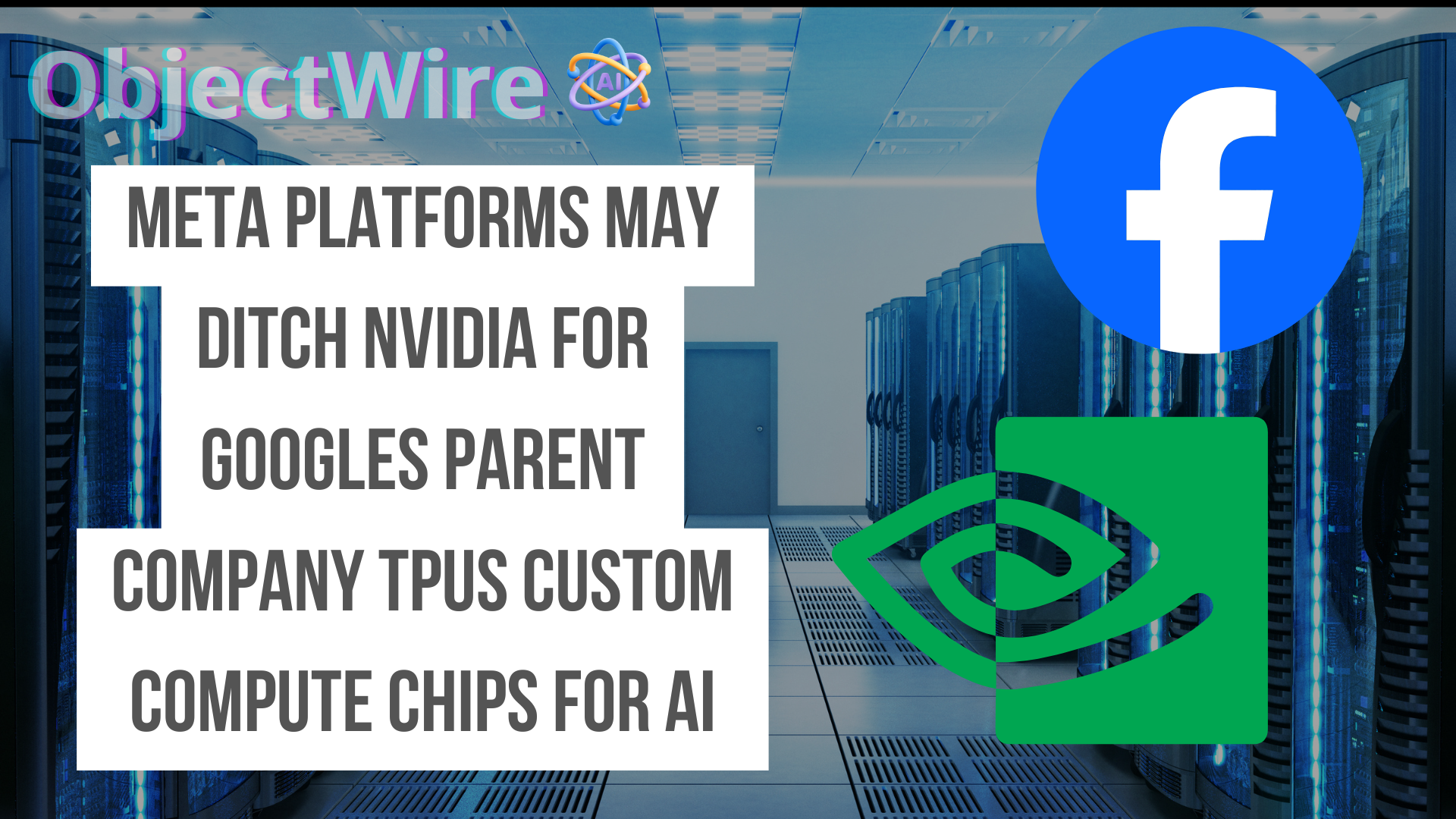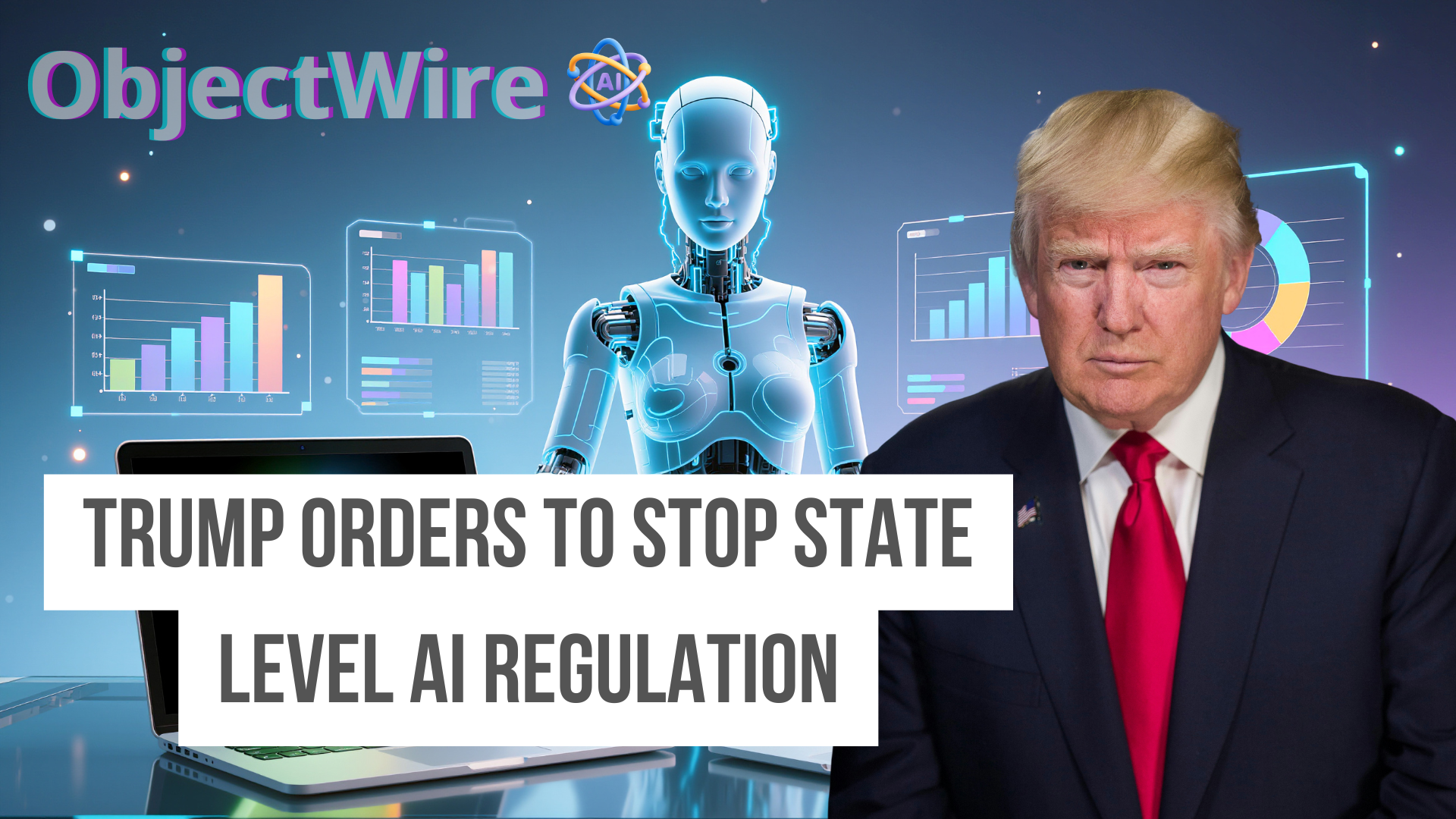GitHub Universe October 28th and 29th San Fransico
Launched in 2018, GitHub Universe has expanded from 1,200 attendees in its inaugural year to 3,500 in 2024, reflecting a 192% increase over six years. The 2024 edition featured 150 speakers and 100 sessions, generating 500,000 social media impressions via #GitHubUniverse.
For 2025, projections indicate 3,700 in-person attendees and 50+ exhibitors, up 6% from last year, according to Vendelux analytics.
2025 Keynote Spotlight: Thomas Dohmke's Opening Address
GitHub CEO Thomas Dohmke headlines the October 28 opening keynote, focusing on the platform's journey toward empowering 1 billion developers worldwide. Dohmke, appointed in 2022, oversees a user base of 100 million developers as of Q2 2025, a 20% year-over-year growth.
The session will include product announcements, building on 2025 releases like Copilot Code Reviews, which boosted code review efficiency by 30% in beta tests.
Over 150 speakers join, including nine confirmed as of October 2025, from GitHub engineers to external leaders like those from Microsoft and open-source contributors. Panels cover real-world AI adoption, with 40% featuring Fortune 500 reps; 2024 panels averaged 300 interactions via audience polls. Diversity metrics show 35% women speakers, up 10% from 2024, aligning with GitHub's 2025 inclusion goals. One-on-one mentoring sessions, new for 2025, book 500 slots in the first week, targeting students and career switchers.
GitHub Universe 2025: Dates and Venue Overview
GitHub Universe 2025 unfolds over two days, October 28 and 29, at the historic Fort Mason Center for Arts & Culture in San Francisco, California. This venue, spanning 500,000 square feet with waterfront views, has hosted over 1,000 events since 1977, drawing 2.5 million visitors annually in recent years. The conference targets developers, with in-person capacity capped at 3,700 attendees based on 2024 figures, while online access extends reach to 10,000+ virtual participants globally. Registration, open since May 13, 2025, has already surpassed 2,000 early sign-ups, per organizer updates. Passes cost $974 for early bird, rising to $1,499, with group discounts at 35% off for eight or more.
Get Passes here: https://githubuniverse.com/pricing
Events and After Parties
Check Meetup Luma and Eventbrite for Afterparties.
Evening events on October 28-29 host 1,500 participants across five venues, yielding 2,500 business cards exchanged in 2024 equivalents. The event app facilitates 5,000 matches via AI matchmaking, with 40% leading to follow-ups. Social Impact sessions offer micro-mentoring to 500 students from October 20-31.
Travel and Logistics: San Francisco Essentials
Fort Mason connects via Muni buses (lines 28 and 30, 10-minute ride from downtown) or BART from SFO Airport (45 minutes total). Nearby hotels like Argonaut (0.2 miles) book 80% capacity during events; rideshare surges average 20%. Parking accommodates 500 vehicles at $25/day.
Post-Event Extensions: October 30 HQ Day
On October 30, an exclusive GitHub HQ tour and certification exam day draws 500 participants, included in general passes. Attendees access Microsoft certifications, with 2024 pass rates at 75%. APAC recap events follow in November, reaching 2,000 virtually.
Expect 60% developers, 20% executives, and 20% students, mirroring 2024's 3,500 breakdown.
Contact Us
What is the Physical AI Fellowship?
A 6-8 week virtual accelerator for robotics startups, launched September 23, 2025, by MassRobotics, AWS, and NVIDIA inaugural announcement.
Who are the key partners?
AWS ($200K credits, GenAIIC support), NVIDIA (Isaac/Cosmos access), MassRobotics (ecosystem/network) program details.
Which startups are in the inaugural cohort?
8 firms: Bedrock Robotics, Blue Water Autonomy, Diligent Robotics, Generalist AI, RobCo, Tutor Intelligence, Wandercraft, Zordi cohort list.
What benefits do fellows receive?
Technical guidance, compute resources, GTM support, and showcases at re:Invent 2025 $200K AWS credits.
Supports $210B robotics growth by 2025, accelerating physical AI in healthcare/manufacturing 26% CAGR.
Day 1 Universe recap. Don't worry, there's plenty more tomorrow. pic.twitter.com/39MNkHgVEt
— GitHub (@github) November 10, 2022





🔥 LATEST: Avalanche and Toyota Blockchain Lab are developing onchain infrastructure to support autonomous robotaxi fleets and mobility services. pic.twitter.com/BbEWe5h0yn
— Cointelegraph (@Cointelegraph) September 2, 2025

